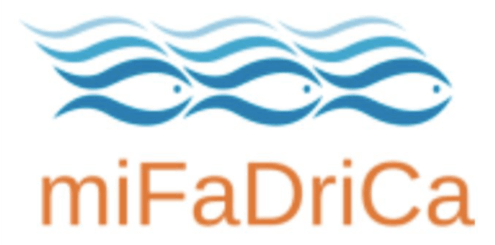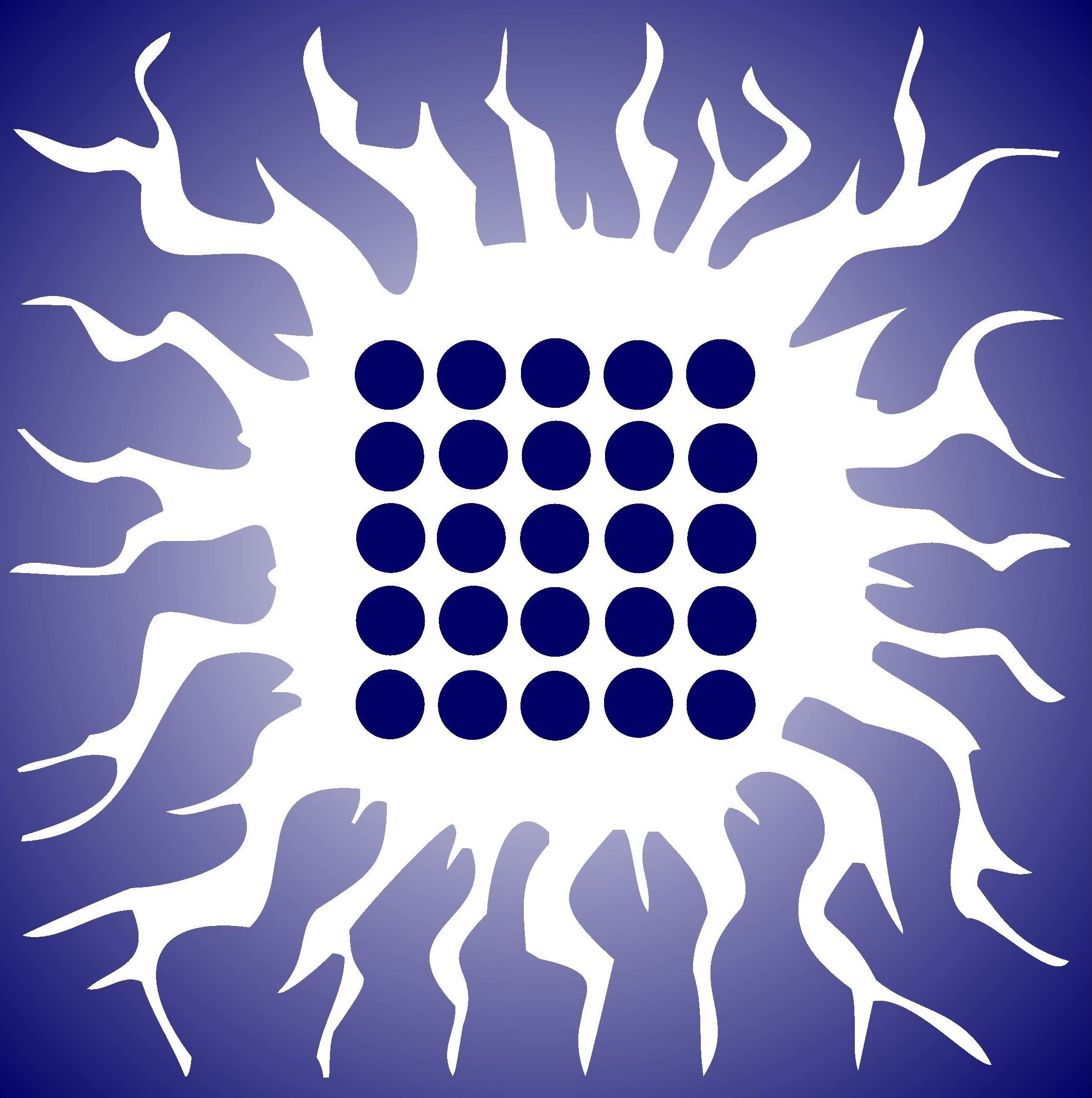Ambition
Congenital anomalies of the kidney and urinary tract (CAKUT) are a diverse group of structural developmental defects, occurring in approximately 1:500 liveborn children. CAKUT is also the most common cause of pediatric end-stage renal disease. The importance of unraveling the genetics of CAKUT is well-established not only because it could lead to hemodialysis and kidney transplantation, but because of variable long-term non-renal effects. Very often, CAKUT is only the first manifestation of a complex systemic disease (such as autism spectrum disorder, developmental delay, cardiac and pulmonary defects etc.) and can manifest in different members of the same family. However, more than 70% of human CAKUT cases are not genetically resolved so far. Known genetic disorders caused by rare CNVs or point mutations collectively explain at most 20% to 25% of CAKUT cases. Frequently, although the identified CNV fulfills the criteria to be characterized as likely pathogenic, the genetic driver of the disease is not precisely defined. Nonetheless, the incomplete penetrance and variable expression, often encountered among individuals harboring the same mutation, imply that individual genetic backgrounds can modify the phenotypic effects in CAKUT.
One of the most promising, modifying mechanism that has the potential to orchestrate genomic regulatory networks are microRNAs (miRNAs). It was described that 30% of miRNAs are located in the human CNV-regions, which can dramatically change their dosage and subsequently affect the expression levels of the target genes in the corresponding individuals. Thus, CNV-miRNAs are well founded functional variants that should be considered high priority candidate variants in human CAKUT research. To the date, there are no studies comprehensively investigating the great potential of CNVs harboring miRNAs in CAKUT pathogenesis as both genetic drivers or risk factors. Therefore, the project offers novel concept to identify CAKUT genetic drivers and modifiers of disease expressivity by investigating the miRNAs harbored in CNVs associated with CAKUT.













